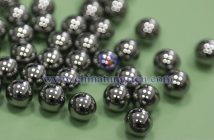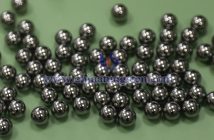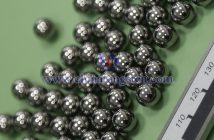China accounts for approximately 83% of global tungsten concentrate production (according to 2025 USGS data), with deep processing accounting for an even higher proportion, exceeding 90%, giving it a dominant position in the global tungsten supply chain. The export controls implemented on February 4, 2025, and the tightening supply, forced the global supply chain to reassess its reliance on China's supply chain. As of September 30, 2025, European APT prices had risen to USD 580-650/mtu (RMB 366,000-410,000/ton), an 86.4% year-to-date increase. Due to the extended export approval period and uncertainty in China, overseas purchasing has been disrupted, resulting in a significant reduction in inventories and further exacerbating global market tensions. Although overseas tungsten mine development projects (such as Sangdong in South Korea and Mactung in Canada) are progressing, production is limited and far from sufficient to offset the impact of reduced Chinese supply.
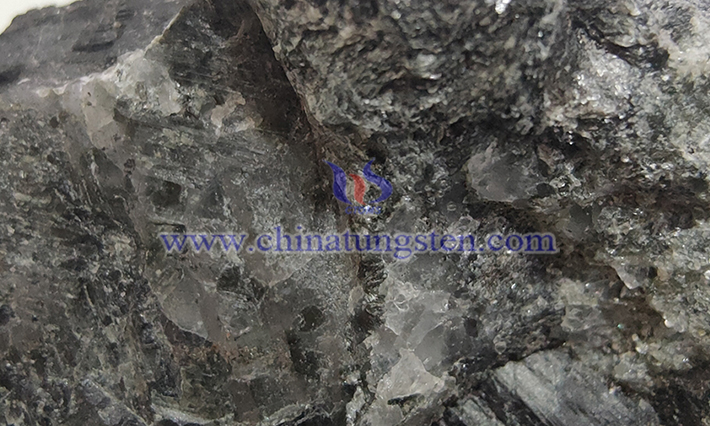
Specific factors contributing to changes in the international market include the following:
I. Impact of Export Controls
On February 4, 2025, China implemented a "one-item, one-certificate" export control system for tungsten products, impacting the stability of overseas supply.
From January to August 2025, China's cumulative exports of tungsten products totaled 10,800 tons, a year-on-year decrease of 13.1%.
On May 9, 2025, my country launched a special campaign to combat the smuggling and export of strategic minerals such as tungsten and rare earths.
On July 19, 2025, the Office of the National Export Control Coordination Mechanism held a meeting in Nanning, Guangxi, to promote the special campaign to combat the smuggling and export of strategic minerals.
II. Overseas Inventory Pressure
Supply chain issues have led to a significant reduction in inventory, shortening inventory turnover days to 15 days. Some countries (such as the United States) have stopped importing APT from China due to policy restrictions.
The development of alternative sources has been delayed, making it difficult to replenish inventories.
III. Global Production Adjustments
South Korea's Sangdong mine is expected to begin operations in 2025 (with a processing plant under construction), producing approximately 2,300-2,500 tons of tungsten trioxide (WO?) in 2025, accounting for approximately 4-5% of global demand (estimated at 50,000-60,000 tons of WO?) (Almonty Industries; USGS).
The Bakuta Tungsten Mine in Kazakhstan, invested by Hong Kong Jiaxin International Resources Investment Co., Ltd., began its first phase of commercial production in April 2025. Cumulative production to date is estimated to be less than 1,000 tons of ore (approximately 200 tons of WO?), yet to have a decisive impact on the market (Jiaxin International HKEX; SRK Consulting). Russian tungsten exports are impacted by Western sanctions (EU/US bans cover critical minerals), and supply is projected to be approximately 3,000-3,500 tons in 2025 (with a shift to Asian markets, not a significant decrease) (USGS; Wood Mackenzie).
Progress at the Mactung mine in Canada is slow, with production expected to begin in 2027 or later.
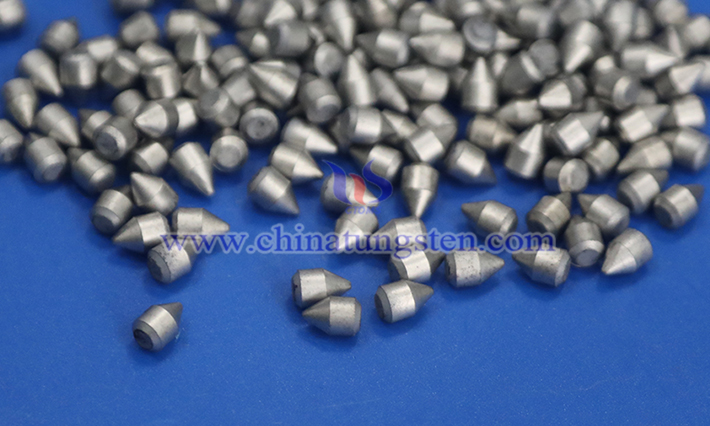
IV. Market Demand and Substitutability
Continued growth in global military spending is driving tungsten demand, particularly for defense applications such as armor-piercing ammunition, armor, and rocket components. According to an authoritative report released by the Stockholm International Peace Research Institute (SIPRI), global military spending reached nearly USD 2.72 trillion in 2024, the largest annual increase since the end of the Cold War. Growth is expected to continue in 2025, driven by geopolitical tensions and commitments by multiple countries to increase military spending.
Demand for tungsten targets in the European and American semiconductor industries is growing strongly, and is expected to grow by 15.4% in 2025, driven by the overall expansion of the global semiconductor market. Tungsten demand in the new energy sector is also driven by solar and wind power components, with the overall tungsten market experiencing a CAGR of approximately 4.7%.
The development of alternative materials is limited, and tungsten is irreplaceable in critical applications (industry consensus).
V. Geopolitics and Trade Friction
In December 2024, the US Department of Defense announced a USD 15.8 million contract awarded to Canada's Fireweed Metals through the Defense Production Act Procurement Office (DPAP) to accelerate tungsten development at the Mactung mine in Canada's Yukon Territory, thereby strengthening the US tungsten supply.
In April 2025, when the US imposed so-called "reciprocal tariffs," it issued an exemption list, including tungsten ore, tungsten concentrate, tungsten oxide, tungsten carbide, ferrotungsten and ferrosilicon tungsten, tungsten powder, and tungsten scrap. On September 5, the US adjusted the scope of import tariffs and retained these tungsten products on the exemption list issued when implementing trade and security framework agreements with foreign trading partners. In July 2025, the US "Big, Big" Act announced a USD 6.2 million grant to Guardian Corporation to advance the Pilot Mountain tungsten mine project in Nevada, aiming to restart the domestic tungsten supply chain after a nearly decade-long disruption.
In May 2024, the EU's Critical Raw Materials Directive, which came into effect, listed tungsten as one of 17 strategic raw materials, requiring companies to conduct supply chain due diligence and reduce their reliance on Chinese tungsten imports. By 2030, the EU will require 10% of its demand to be mined domestically, 40% to be processed, and 25% to be recycled. The Directive also streamlines the licensing process for strategic projects and facilitates rapid financing for tungsten-related projects (such as processing and recycling).
In March 2025, the European Commission selected 47 strategic projects for the first time, including three tungsten-related projects (such as tungsten mining and processing at the El Moto mine in Spain). These projects aim to increase EU domestic tungsten production capacity and support defense (such as tungsten alloys for tanks and aviation) and the battery supply chain. These projects received priority licensing and financing, and construction is expected to begin within 2025.
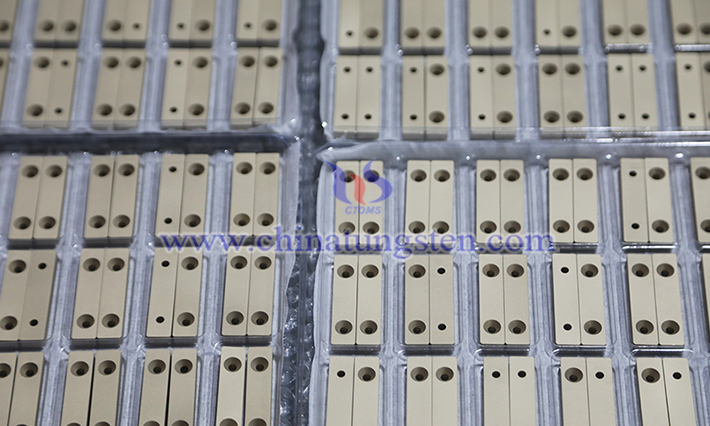
These factors combined will lead to a supply shortage and high prices in the international tungsten market by 2025. In the short term, the average tungsten price (APT) may remain around RMB 410,000/ton, while long-term demand will depend on the development of a diversified supply chain.
Latest reports before National Day: Amidst the extreme difficulty in obtaining Chinese rare earth products, the G7 and the EU are considering imposing tariffs or carbon taxes on Chinese rare earth and minor metal exports to prevent low-price dumping of rare earths. These measures could include tariffs, price floors, or other measures. The specific tax rate would be calculated based on the proportion of non-renewable energy used in production. We are currently uncertain when these measures will be implemented or what their market impact will be.

